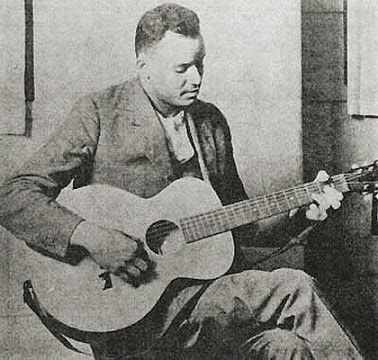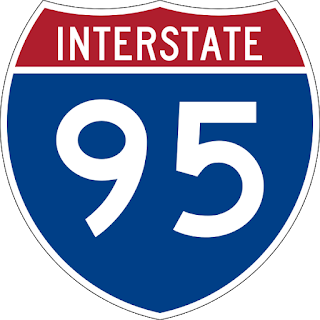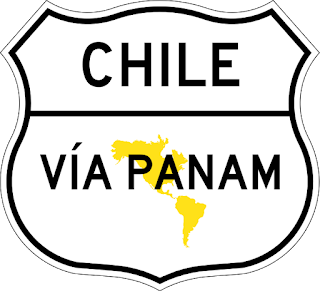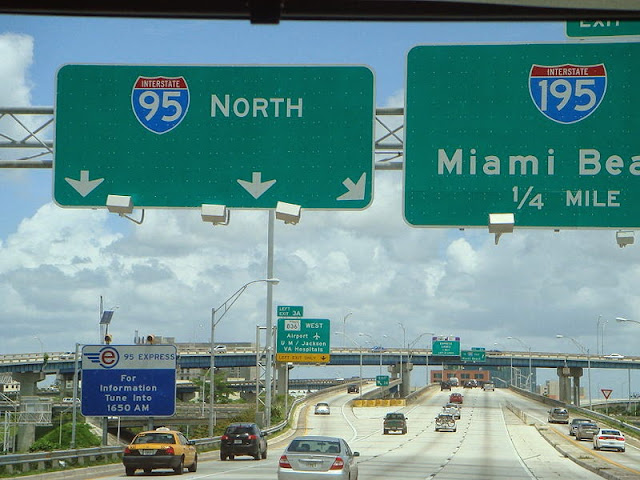 |
| Scrapper Blackwell |
Among the pre-eminent artists of this era and style are Tampa Red, Kokomo Arnold, Sonny Boy (John Lee) Williamson, Robert Nighthawk, Washboard Sam, Willie Dixon, Scrapper Blackwell, and, of course, Big Bill Broonzy.The last post covered Tampa Red, Kokomo Arnold, and Sonny Boy (John Lee) Williamson, so we move on to Robert Nighthawk.
Robert Nighthawk was certainly a proficient and popular blues musician from the pre-electric era. I cannot say that I think he deserves to be included in a set list about Chicago. While he did visit the city to record, he did not like it there. He generally performed live touring in the south and for those reason we are going to skip Robert Nighthawk on this journey. Maybe we will meet up with him later but that's it for his relevance to Chicago.
Washboard Sam, on the other hand, was right it the thick of the Chicago blues scene of the 1930's. He was born, Robert Brown in Walnut Ridge Arkansas, moving to Memphis Tennessee in the 1920's before finally settling in Chicago in 1932 at the age of 22. He preformed regularly with Big Bill Broonzy, who we will be talking about later, and also performed with great success as a solo artist. He recorded over 160 tracks in the 1930's and 1940's.
When electric blues began to take hold his style did not adapt and he began to face dwindling audiences, In the 1950's he retired and became a police officer. No musician ever seems to truly retire though and he did make several minor comebacks including recording an album with Big Bill Broonzy in the mid fifties and having a bit of touring success during the great folk music scare of the early 1960's. He finally passed away in 1966 and buried in an unmarked grave in the Homewood, Illinois.
My impressions of his music is that it is hot blues but with a certain jazzy kind of sound. It's surprising that he did not transition to electric blues because the music that he was playing had an energetic style the later electric musicians would also have. Her we begin with a set called in the usual matter-of-fact archive way, "Washboard Sam-01-12". In typical untrustworthy Internet fashion of "you get what you pay" for the middle track in the set is as song titled "Washboard Sam" by a rockabilly duo called Judy & Joyce. Its a pretty cool song though, so I guess I will leave it in the set.
Album: Washboard Sam-01-12 Washboard Sam
- Back Door 3:06
- Come On Back 2:42
- Evil Blues 2:52
- I'm A Prowlin Groundhog 3:29
- Washboard Sam Judy & Joyce 1:50
- Ladies Man 3:11
- Phantom Black Snake 2:46
- We Gonna Move 3:06
- Bright Eyes with Big Bill Broonzy 2:21
- Diggin My Potatoes with Big Bill Broonzy 2:36
- Little City Woman with Big Bill Broonzy 2:53
In addition to that set Archive has a few individual tracks. They are:
- Yes I Got Your Woman Washboard Sam and his Washboard Band 2:52
- Just Got To Hold You Washboard Sam and his Washboard Band 2:42
- Mama Don't Allow It Washboard Sam 3:02
The next artist mentioned in the post we are referencing was Willie Dixon. Willie Dixon looms large in the history of Chicago blues and his career continued, and he achieved his greatest success, in the electric blues era that was to follow. Since he is easily worthy of a post of his own we will come back to talk about him in more detail at the end of this series before we transition into the golden era of electric blues in Chicago.
Scrapper Blackwell performed in the 1930's with a crooner called Leroy Carr. His style was a a single string picking technique that ultimately would prove quite inspirational not only to the Rolling Stones (as mentioned on the web site TimeIsOnOurSide.Com) but to Eric Clapton. Now, Leroy Carr was a smooth crooner who has a mellow sound that was said to be very influential to Ray Charles and Nat King Cole. (Route 66 reference-see how this all kind of comes together?) On many recordings Carr was credited, but Blackwell was not. This caused artistic tension with Blackwell to ultimately leave Carr to pursue solo opportunities. He must not have been as well known with out his vocalist because he did not last long. He retired into a life of anonymity in Indianapolis in 1935. In the late 1950's as folk music was the rage he was contacted by collectors of old record who wanted to him to perform again. He enjoyed a brief revival leading up to the release of a classic blues album, Mr. Scrappers Blues.
Tragedy seems to haunt the world of the blues at every turn. And Like Sonny Boy Wiliamson, who was murdered in a robbery near his home. Scrapper Blackwell was murdered in a holdup in an alley near his home less than a year after his record. This is someone I will need to add to my wish list but I did find 1 track that was listed in archive of his work with Leroy Clark:
- Alabama Woman Blues Skipper Blackwell And Leroy Carr 2:48
On that note, we bring this weeks Old Highway Notes to a close. Join us next week as we return to Highway 101 in San Diego County of California. Then in two weeks we will be in Miami, Florida at the start of Interstate 95 where we some rock music history happened. Then in just three short weeks we return to Chicago and keep digging into the blues. Until then, watch your back if you go down any alleys. I need all the readers I can get. Thanks for stopping by!
And Now A Word From Our Sponsor...
If you like what you have read here I'd like to ask you a favor. If you purchase any item on Amazon after you link to them in the Amazon banner below, I will get a little something from them. It doesn't cost you any extra and I cannot see what you have purchased.
With your help, I can keep the show on the road for you.
With your help, I can keep the show on the road for you.
You Can Give me a Karma Donation Via PayPal
Keep Traveling!
To read more Old Highway Notes, choose an off ramp and click on the highway sign:
Vista Points
Be social, Get more info, View our YouTube playlist and more















